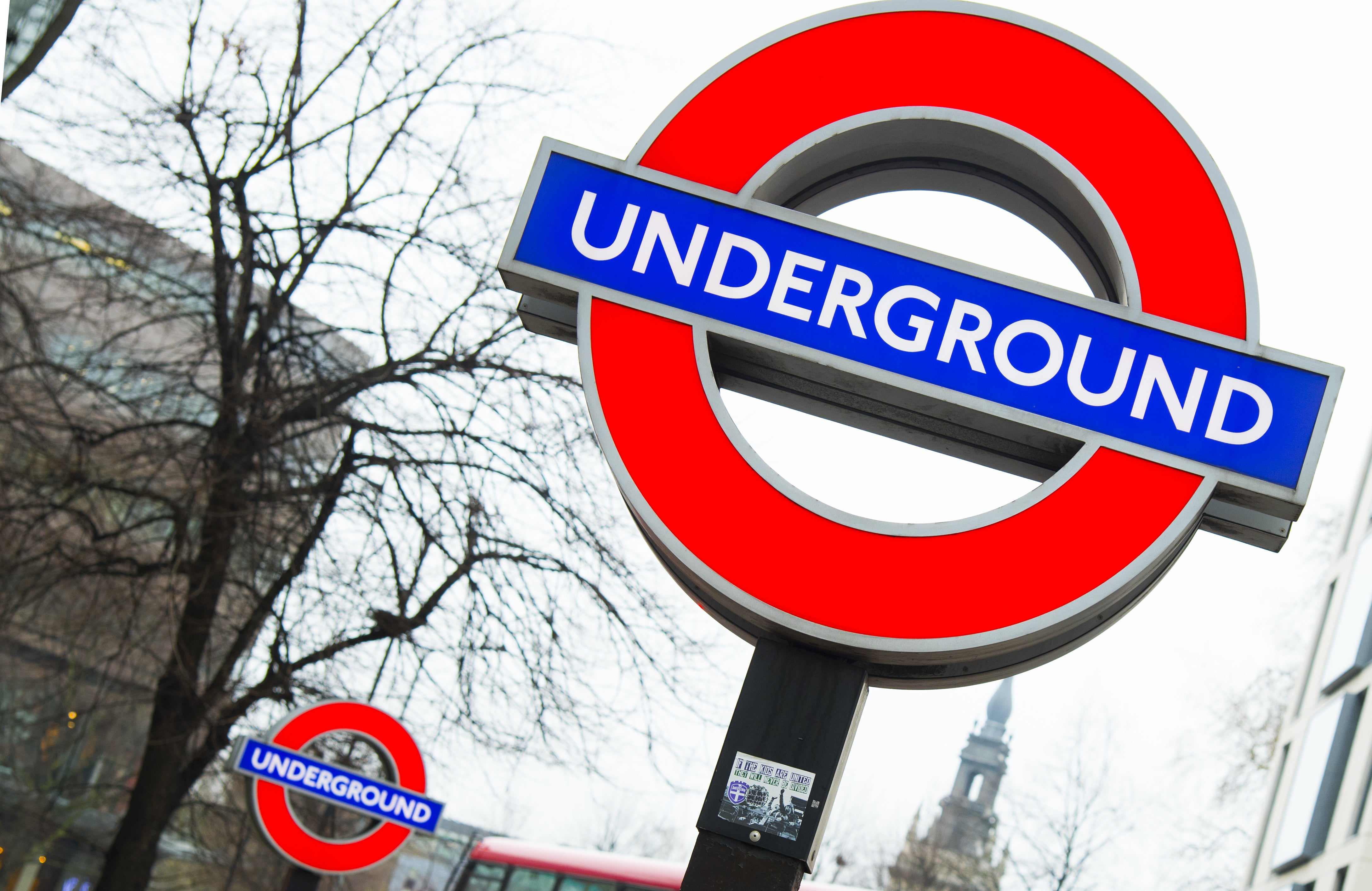What does pressure over wages mean when it comes to industrial action?
Mass picketing may be a thing of the past but a recent spate of strikes points to the need for a response to growing pressure for real increases in pay, writes Phil Thornton


Anyone who heard Arthur Scargill’s distinctive voice on a BBC programme to mark the 50th anniversary of his victory in the Saltley Gate coal depot dispute in February 1972 will have been taken back to a different era: not just in time but in labour relations.
The previous month had seen almost 5.5 million working days lost to industrial action, according to the Office for National Statics. The most recent figure is just 18,000 in January 2020. It is equally significant that the ONS has ceased updating the figures since then.
While few would want a return to the level of acrimony that saw more than 29 million days lost in the 1979 Winter of Discontent and 27 million in 1984 at the peak of Scargill’s clash with Margaret Thatcher, many would agree that the pendulum has swung back too far.
Deindustrialisation has seen factories replaced with call centres, warehouses and retail outlets where it is harder for unions to organise. Successive Conservative governments have outlawed flying pickets and tightened the rules on ballots. The era of weak growth, meagre pay rises but also low inflation along with the rise in zero-hours and other weak employment contracts since the global financial crisis has made strike action a risky option.
But the surge in inflation has changed those dynamics. With the annual rate likely to hit 7.5 per cent in April as the cap on energy prices is being raised, an increasing number of households will see their real disposable incomes shrink.
The latest official figures on the labour market published this month showed that in real terms (ie adjusted for inflation), in October to December 2021 total and regular pay fell in the year by 0.1 per cent for total pay including bonuses and by 0.8 per cent for regular pay. The evidence may be anecdotal, but it points towards growing frustration at stagnant pay growth. Last week saw lecturers at 68 universities walk out in disputes over what the University and College Union has called “beyond disgraceful” pay, conditions and pensions.
Meanwhile, teachers working in the Girls’ Day School Trust’s 23 private schools are poised to take action over its decision to leave the Teachers’ Pension Scheme after 95 per cent voted in favour on a turnout of 85 per cent.
Next month members of the RMT union working on the London Underground will go on strike over fears for jobs, pensions and working conditions.
Unions have also used litigation to secure their goals. Last year unions including the GMB and the App Drivers & Couriers Union won their case in the Supreme Court that drivers for the taxi app Uber were not self-employed, but are workers entitled to workers’ rights including holiday pay, a guaranteed minimum wage and an entitlement to breaks.
Of course, this does not signal a surge in union membership. The proportion of UK employees who were trade union members rose slightly to 23.7 per cent in 2020, up from 23.5 per cent a year earlier, and from the low of 23.3 per cent in 2017.
The extra 118,000 members took the total to 6.6 million – of which 4 million of those were in public sector and just 2.6 million employed by private firms – and a fraction of the peak of 13.2 million in 1979. But it is a portent of more disputes to come if employers ignore workers’ demands for higher pay. Even the government is aware of this, quickly slapping down Andrew Bailey, governor of the Bank of England, when he urged workers to exercise restraint over pay demands. Boris Johnson’s spokesperson said this was not “something the prime minister was calling for”, adding that “we want people’s wages to increase”.
Here’s why: its 330-page levelling up white paper mentions pay no fewer than 70 times and sets one of its goals as boosting productivity, pay, jobs and living standards – especially in those places where they are lagging.
And those places are everywhere. According to the TUC, more than one in seven jobs in every region and nation of the UK is paid less than the real living wage of £9.90 an hour in the UK (£11.05 in London). In at least 62 per cent of constituencies, more than one in five jobs are paid below the real living wage.
Unsurprisingly one of its recommendations was to give workers stronger rights to organise collectively in unions – key both to raising pay and working conditions and giving workers more say over their working lives. As workers recognise the fact that unions do have the power to get wage rises, they will rejoin.
A return to the 1970s seems unlikely but soaring inflation, record job vacancies, a government that wants to “level up” all point to pressure on employers to raise wages – and industrial unrest if they do not.






Join our commenting forum
Join thought-provoking conversations, follow other Independent readers and see their replies
0Comments